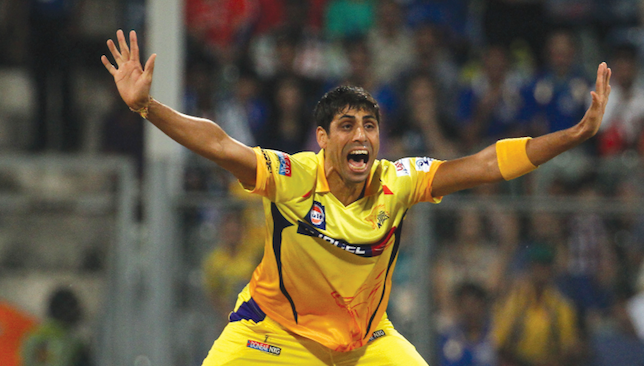
There’s something different about the IPL this time. It’s not the absence of familiar Sri Lankan names or the below-par performance of Chris Gayle. It’s the nature of wickets this season that has seen fast bowlers call the shots, which has spiced up the proceedings.
– Darren Bravo guides West Indies to Test win to level England series
– Tamim Iqbal strikes Test best of 206 as Bangladesh draw with Pakistan
– #360view: S. African influence key for DD as Kirsten shows his class
Twenty20 is all about monstrous shots, sixes all over the ground, brilliant catches and close finishes. The bowlers usually form the support cast of this script. But this year, the tables have turned.
So far, eight of the top 10 wicket takers this IPL have been fast bowlers while the quicker men have accounted for seven of the top 10 bowling efforts in an innings (including the Mumbai-Punjab game yesterday).
Compare this to the stats from last year, the picture becomes clearer. In 2014, six of the top 10 wicket takers were pacers while just four of the top 10 best bowling efforts where registered by the quicks. On top of that, only two of those six quick bowlers had an economy of less than eight runs an over.
This year, six out of the eight best fast bowlers have given away runs at less than eight an over, which is brilliant. In 2013, the fast bowlers enjoyed a similar good run but that was down to some really sluggish surfaces which worked in the favour of bowlers who mixed up their deliveries and tied down the batsmen.

This season, the situation is different as the IPL is being played on some of the most seamer-friendly tracks seen in the country in a long time.
The pitches in Delhi, Ahmedabad, Mumbai and Mohali have sported a green tinge, which has seen fast bowlers having a field day, something that never looked possible on Indian pitches.
Sometimes, bowlers tend to pick up wickets when the batsmen simply slog at every delivery and end up getting caught at the deep. But that has not been the case so far.
The game between Delhi Daredevils and Royal Challengers Bangalore last week in Delhi was a perfect example. Opening bowlers Mitchell Starc and Varun Aaron generated copious amounts of pace and swing, which was a bit too much for the Daredevils batsmen to handle.
Bowling close to 150kmph, both quicks beat the bat regularly and picked up five wickets between them, with one caught behind dismissal, one lbw and two batsmen clean bowled.
Delhi were shot out for 95. One only has to look at the statistics of Indian left-arm seamer Ashish Nehra to realise how good the going has been for the quicks.
Career best T20 figures for Ashish Nehra! On current form he is India’s best pace bowler Arguably #IPL2015 pic.twitter.com/Q9rTfwOtLB #IPL #IPL8
— #IPL2015 Score (@ScorerHome) April 22, 2015
He is the joint-highest wicket taker this IPL (14 scalps) with his 4-10 against Bangalore the best bowling effort in 2015. Sure, hard work of an individual always counts but Nehra has played in every season of the IPL and this is the first time he has enjoyed so much success, that too at the age of 36.
His economy rate (6.72) and strike rate (15.42) this season is better than when he bowled in South Africa (economy 6.78 and strike rate 16.10), where wickets are supposed to help the faster men.
Chennai spinner Ravichandran Ashwin had earlier admitted that the going has been a bit tough for the spinners as the ball is doing a lot more for the seamers. And according to him, the reason behind it is the Indian administrators’ insistence on having pace-friendly surfaces at home to make the batsmen better prepared for tours outside the sub-continent.
This change in the nature of wickets is excellent for the game as batsmen, especially the Indians, know they can’t simply plant their foot forward and go whack.
We have, thankfully, been spared false dawns like the one Paul Valthaty had in 2011, when he scored 463 runs in 14 innings and came close to an India call-up. Turned out, it was just a flash in the pan and no one talks about him anymore.
India will be playing in Asia for nearly two years and that means their batsmen will hardly be tested against swinging and rising deliveries. Such a long time on flat wickets can easily make any batsman complacent.
This move by the BCCI needs to be lauded as they have actually gone ahead and delivered on their promise of making batsmen earn their runs against quick bowlers at home.
The Indian cricket board doesn’t do many things that merit praise but in this IPL, they have done something good for the betterment of their own players. It might not deliver the desired results immediately as batsmen need to be tested for a full day to be really prepared for overseas assignments.
But a start has been made and one only hopes the Indian board ensures such wickets are prepared on a more regular basis across the country. Just one word of caution though; don’t make every pitch a green top as spin is still India’s main weapon.